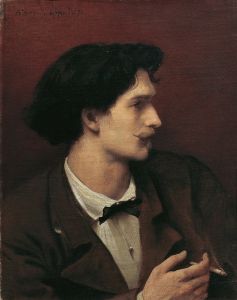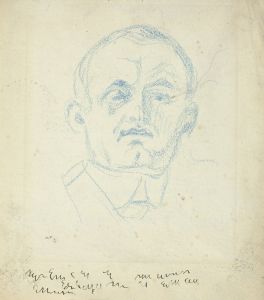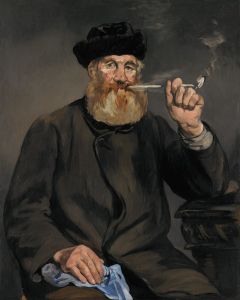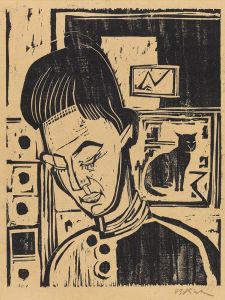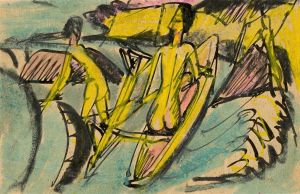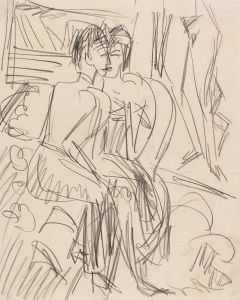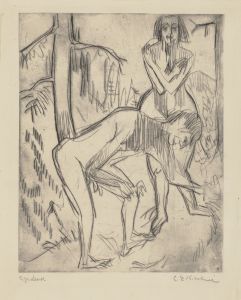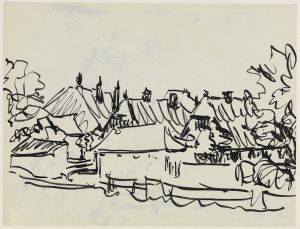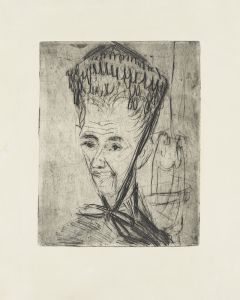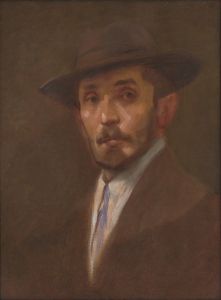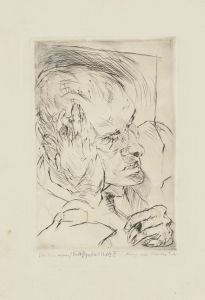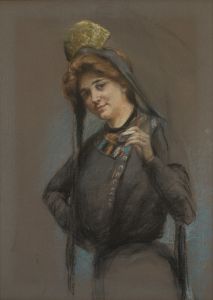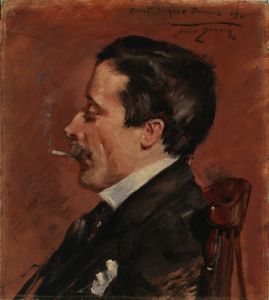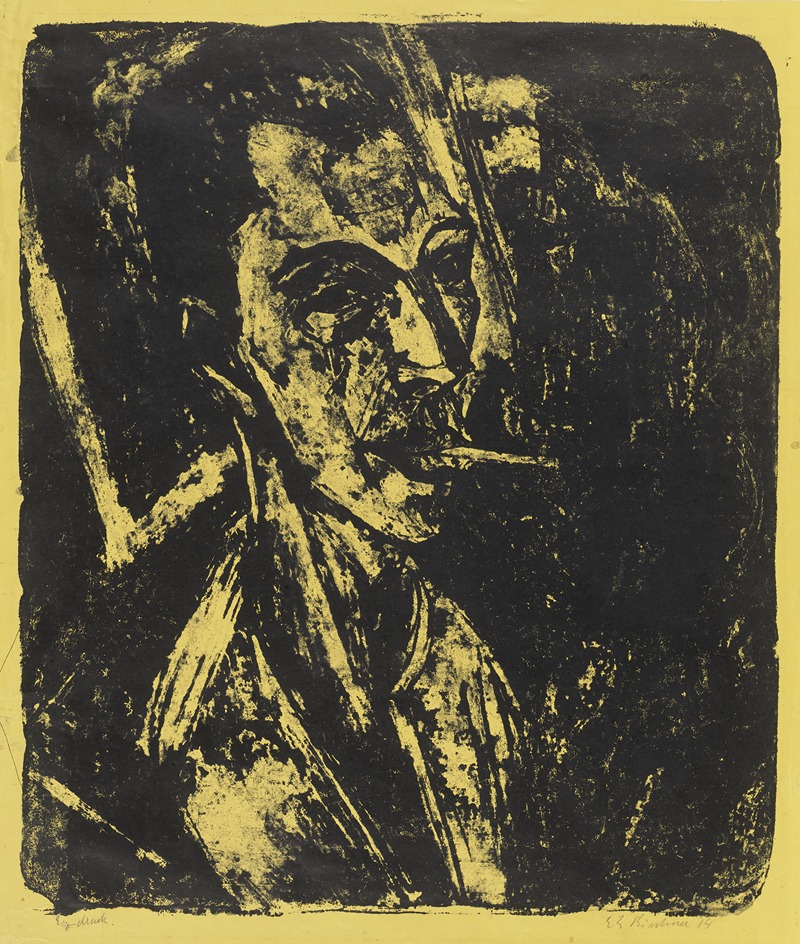
Selbstbildnis mit Zigarette
A hand-painted replica of Ernst Ludwig Kirchner’s masterpiece Selbstbildnis mit Zigarette, meticulously crafted by professional artists to capture the true essence of the original. Each piece is created with museum-quality canvas and rare mineral pigments, carefully painted by experienced artists with delicate brushstrokes and rich, layered colors to perfectly recreate the texture of the original artwork. Unlike machine-printed reproductions, this hand-painted version brings the painting to life, infused with the artist’s emotions and skill in every stroke. Whether for personal collection or home decoration, it instantly elevates the artistic atmosphere of any space.
"Selbstbildnis mit Zigarette" (Self-Portrait with Cigarette) is a notable painting by the German expressionist artist Ernst Ludwig Kirchner, created in 1915. Kirchner was a leading figure in the German Expressionist movement and a founding member of the influential artist group Die Brücke (The Bridge), which sought to create a new form of artistic expression that bridged traditional and modern styles.
This painting is an introspective work that captures Kirchner during a tumultuous period in his life. The self-portrait is characterized by its bold use of color and dynamic brushwork, hallmarks of Kirchner's style and the Expressionist movement as a whole. The painting depicts Kirchner with a cigarette in hand, a common motif in his self-portraits, which often explore themes of identity, anxiety, and the human condition.
In "Selbstbildnis mit Zigarette," Kirchner presents himself in a somewhat confrontational manner, with intense, penetrating eyes that engage the viewer directly. The use of vivid, non-naturalistic colors and exaggerated forms is typical of Kirchner's work and serves to convey emotional depth and psychological complexity. The background is abstract and undefined, focusing attention on the figure of Kirchner himself.
The painting was created during World War I, a period that had a profound impact on Kirchner's life and work. In 1915, Kirchner was drafted into the German army, an experience that exacerbated his existing struggles with mental health. The war and its associated traumas are often reflected in his work from this period, which frequently explores themes of alienation and existential dread.
"Selbstbildnis mit Zigarette" is significant not only for its artistic qualities but also for its insight into Kirchner's personal struggles. The cigarette, a recurring element in his self-portraits, can be interpreted as a symbol of modernity and the bohemian lifestyle, but it also hints at the artist's inner turmoil and self-destructive tendencies. Kirchner's work often blurs the line between self-exploration and self-exposure, offering a candid look at his psyche.
The painting is housed in the collection of the Kunstsammlung Nordrhein-Westfalen in Düsseldorf, Germany. It remains an important example of Kirchner's contribution to modern art and his ability to convey complex emotional states through his distinctive style. Kirchner's influence extends beyond his own time, as his work continues to be studied and appreciated for its innovative approach to form and color, as well as its profound psychological insight.
"Selbstbildnis mit Zigarette" exemplifies Kirchner's mastery of expressionism and his ability to capture the zeitgeist of early 20th-century Europe. Through this self-portrait, Kirchner not only reflects his personal experiences but also comments on the broader societal changes and challenges of his era.





